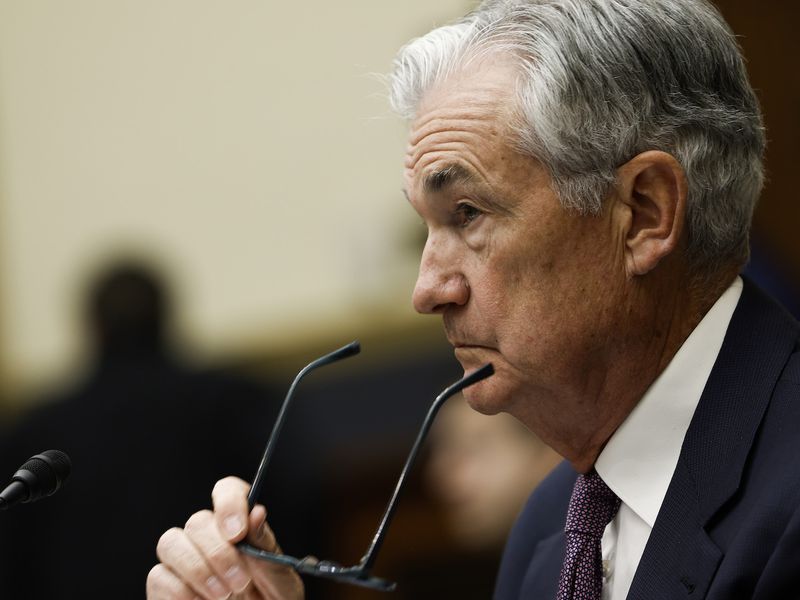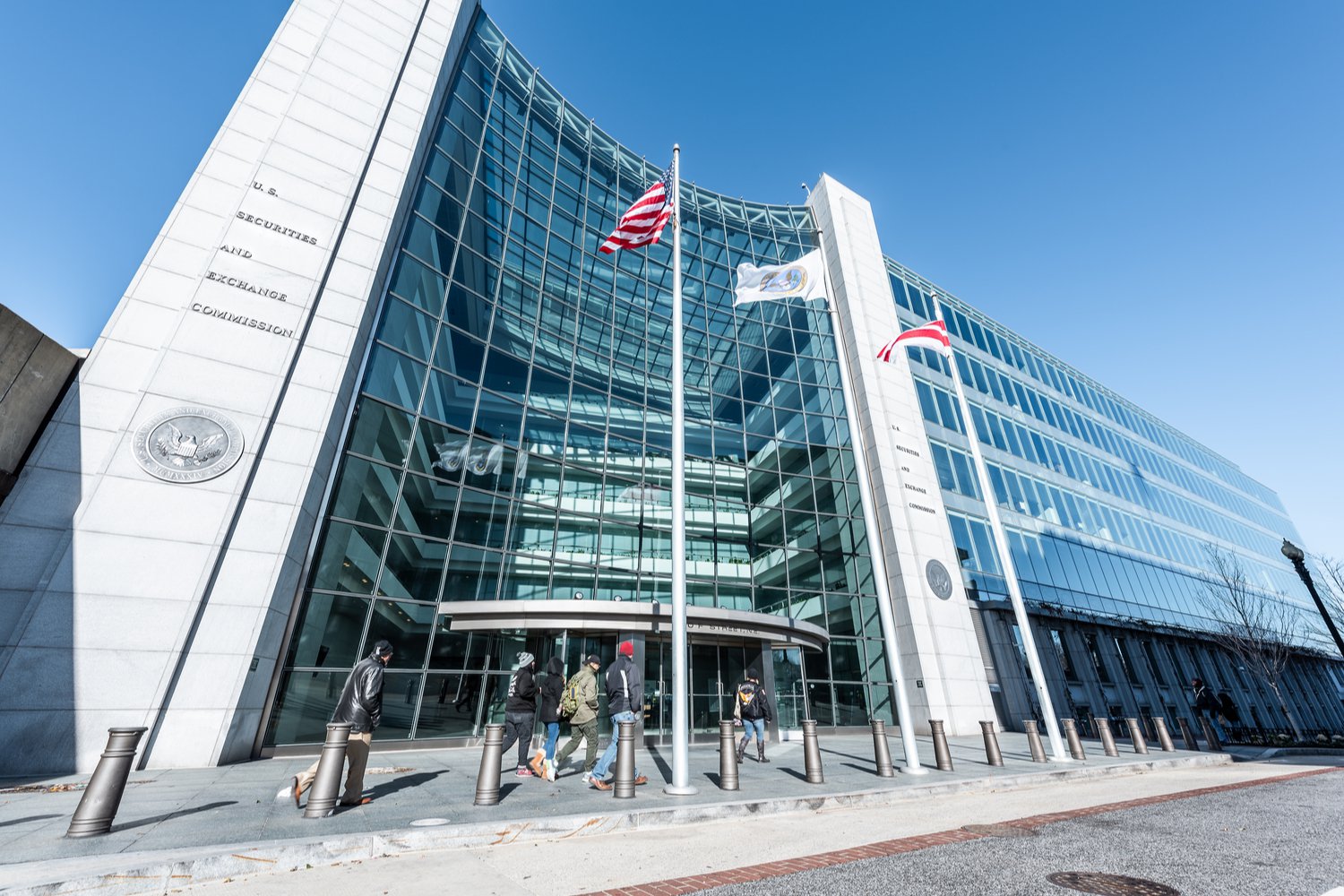How Fund Managers View Lending and Staking: 3 Takeaways From a CoinDesk Research Webinar
Chart of ETH locked in DeFi lending platforms vs time
How Fund Managers View Lending and Staking: 3 Takeaways From a CoinDesk Research Webinar
Not everyone is totally excited about DeFi.
Volatile crypto is nurturing its fixed-income side. Crypto lending activity is growing on decentralized finance (DeFi) networks. Staking, where investors reap payments for locking up assets in functions essential to network protocols, is moving into crypto’s mainstream, with large crypto exchanges offering staking services for users.

The slide above shows the growing popularity of one category of crypto lending, DeFi, among ethereum investors. (You can see that slide and others measuring the Web 3 use case of crypto assets in CoinDesk Research’s quarterly review; we’ll present the results in a webinar on Tuesday, Feb. 4: sign up here.)
There’s some irony in this, like a penny stock offering a dividend, but both lending and staking are emerging as potential factors in investment decisions for crypto investors. In December, we invited two fund managers, both long bitcoin and other crypto assets, for a CoinDesk Research webinar on lending and staking. Jordan Clifford of Scalar Capital and Kyle Samani of Multicoin Capital joined us to discuss how they evaluate risk and returns in crypto lending and staking, what crypto assets’ risk-free rate might look like and what DeFi needs to do to attract investors and new users.
Here are three takeaways from that conversation. Watch & listen to the entire webinar here.
For background and more information, download our free “Crypto Lending 101” report here.
1. DeFi risk factors keep some investors out.
Clifford and Samani had a back-and-forth about the decision to put assets to work in DeFi networks that earn returns. From Clifford’s perspective, the technology risks are manageable; Samani said at this point the returns don’t justify the risk of losing investor funds to a “smart contract” glitch, for any allocation of assets to DeFi.
Here’s Clifford on how Scalar evaluates risks. He mentioned bug bounties, security audits and formal verification as ways DeFi networks can de-risk themselves as platforms for earning fixed-income returns on crypto. Human risk is a factor, too: “You really are thinking about counterparty risk as the main one. … And that comes in many forms, actually. Many of these DeFi contracts, they have administrator access that can do various things with those funds at the contract level. This is kind of an early stop-gate for many of these smart contracts to go live before they can be truly decentralized. That’s something to think about. It says it’s a DeFi protocol but often there’s a single organization that has keys to it.”
Whether or not there’s human counterparty risk to consider, there’s always technological counterparty risk, Clifford said, which can be evaluated along the lines of a Lindy effect: “Often, the smart contracts themselves, they act as a counterparty in a way, and they need to be vetted for technology risk. … What you’re really looking for is smart contracts that have had a lot of value custodied within them. The more time that’s elapsed, the safer it tends to be. If the contract’s held a billion dollars for several years the odds of it having a serious vulnerability diminish over time.”
For Samani, current interest rates on DeFilending networks don’t justify the risks, which include potentially having to send an email to investors explaining how the fund lost their money. “It wouldn’t be meaningful to our portfolio, so it just wasn’t worth the time,” he said. “What rate would be meaningful? Samani said Multicoin hasn’t made that determination, yet. Is it a 1 percent premium over centralized? Is it a 2 percent premium? At what point are we willing to underwrite that? We’re not there yet; we hope to be there in the next six to 12 months.”
Samani said he’s not bullish that decentralized lending will be able to offer substantial premiums over centralized. “There are always going to be people who will bridge that arbitrage,” he said.
2. What is crypto’s risk-free rate?
Decisions about what’s a meaningful rate come down to a premium earned for risk taken. This is usually calculated in reference to a “risk-free” rate. Of course, no investment is risk free, and that applies acutely in crypto assets. However, conversation in our crypto lending webinar turned to risk-free rates in crypto and how staking might play a role in determining such a reference point for pricing risk.
“In general my expectation is that lending and borrowing rates will be higher than staking rates,” Samani said. “I think for the most part staking rates, at least within each ecosystem, will be considered the risk-free rate.”
Factors like staking protocols’ programmed unbonding period make it different, but there will be workarounds to such lockups, Samani said. For example, exchanges offering staking services may be able to return capital to their users more quickly than direct staking would allow.
Staking isn’t free of risk by any means, Samani said, but it eliminates additional layers of risk on top of holding the asset itself. “It’s native to the protocol,” he said. “There’s very few things that are native to the protocol and that is one of the things. My sense is, why deal with borrowing and counterparty risk when you can just rely on the protocol? You’re already relying on the protocol anyways, so if you’re going to rely on the protocol and add counterparty risk you should be compensated for that.”
3. What DeFi needs in order to grow.
Samani wasn’t bullish on DeFi, either. “It’s pretty clear now that it’s pretty circular. There’s not too many people actually using the product. … The upper bound here seems to be the market cap of ETH or some fraction of that,” he said.
Clifford said DeFi needs better user interfaces and applications: “We need to polish off the rough edges, get more time, have people talk about their success stories,” he said. “I think organic growth will come, it’s just going to take a little while.”
Samani thinks DeFi’s growth challenges are more fundamental. Crypto-collateralized loans aren’t interesting beyond the bounds of existing ethereum investors. Uncollateralized loans, serving people excluded from the traditional financial system, would achieve that; they may not be practical without additional technology, like sovereign identity and credit scoring that can cross borders and operate outside traditional financial systems, he said.
Look out for CoinDesk Research’s next webinar. For updates, subscribe to our newsletter, Institutional Crypto, or follow us on twitter at @coindeskdata.
Disclosure Read More
The leader in blockchain news, CoinDesk is a media outlet that strives for the highest journalistic standards and abides by a strict set of editorial policies. CoinDesk is an independent operating subsidiary of Digital Currency Group, which invests in cryptocurrencies and blockchain startups.









